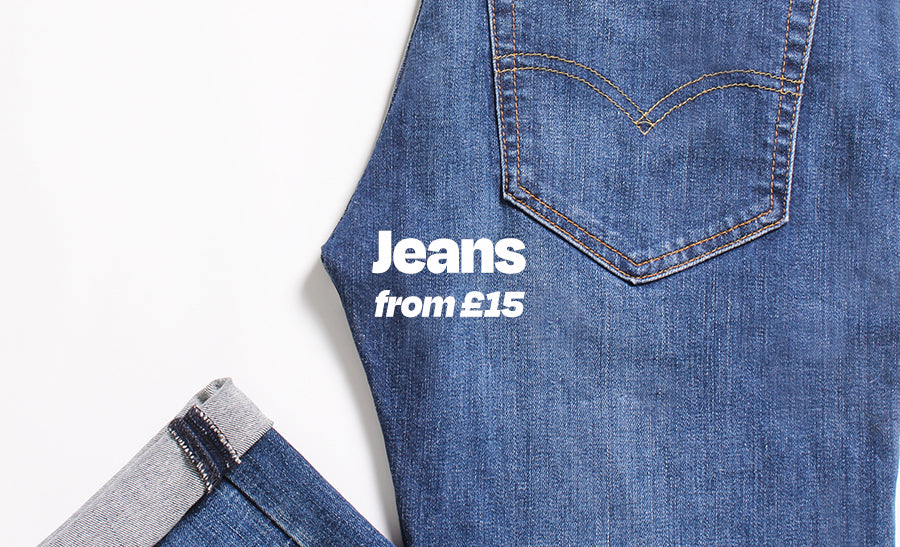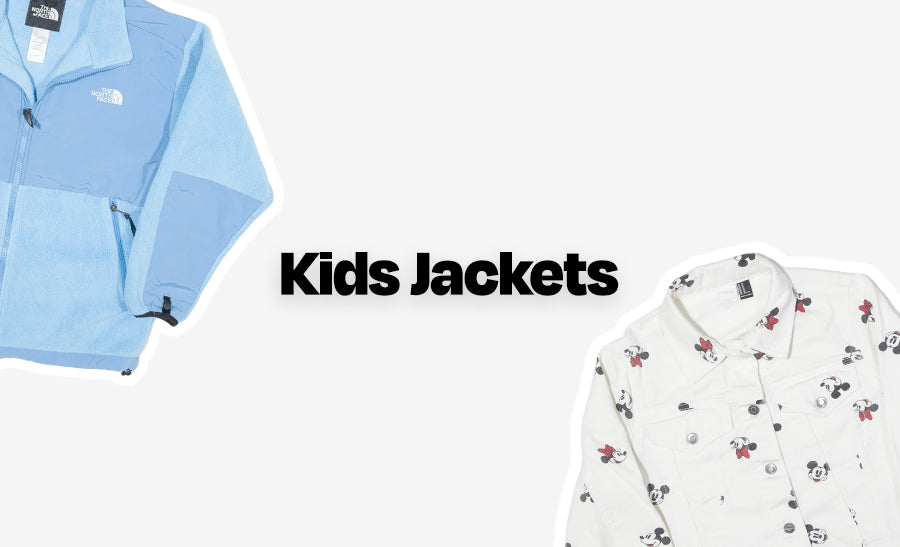What are we doing with our WATER?
Here at Go Thrift we are always trying to educate people on the impact clothes production has on the environment and why it’s so important that we try to buy second-hand instead of new. You might have noticed that when talking about the environmental impacts of making clothes, water usage and water waste is always brought up, as it plays such a big part in how making new clothes impacts the environment. But why does using so much water negatively impact the environment and what does it even mean?
Why so much?
Firstly, you might be wondering why it takes SO much water to make even just one garment. Let’s use the example of a t-shirt - it takes 2,700 litres of water to make one t-shirt. To make a t-shirt you need to take into consideration the production stages needed; growth of the cotton, dying, manufacturing etc.
In terms of growing cotton, each cotton plant is estimated to need about 10 gallons of water to maximise its yield. You also need to take into account that a full season for cotton plants is 180 days, which is a lot longer than a normal crop - hence why it uses so much water to grow, it needs watering for longer! One kg of cotton uses about 20,000 litres of water to be made, which would only make one t-shirt and one pair of jeans!
Once you’ve got the cotton used to make the garments, you then need to use water in the dying and manufacturing of the product, this is why by the end of the process, so much water has been put into making that one garment.
Why is this bad for the environment?
Water waste specifically is bad for our environment because the water demand is constantly increasing, along with the increase in population and standards of living annually. Also, the process of getting water to a useable state uses a lot of resources and energy, so when there’s already a shortage and we’re wasting the water we do have, it’s essentially a massive waste of the energy put into making that water usable and the damage that energy use has had on the environment.
There’s also the matter of water pollution. A lot of chemicals and dyes need to be added to the water in order to produce the clothes. Once this water is finished with for making the garments, it is released into our waterways, which, with all those added chemicals, is having a very negative effect on the environment. About 20% of industrial water pollution is down to garment manufacturing and in total, around 5 trillion litres of water is used for dying clothes every year.
That’s not even the end of it!
Another factor people may forget is that the water used on clothes doesn’t stop once an item has been made. That item of clothing is also going to be washed by its user multiple times throughout its life span, so even more energy and more water pollution is used and created. This is why we need to use our items of clothing as much as we can so all that water usage, waste and pollution doesn’t go to waste. It’s also why, if you can, it’s really beneficial to get a few wears out of an item of clothing before washing them, and if you can wash them at a lower temperature so less energy is used, then even better!
We hope this brings a bit more clarity into the use and waste of water when it comes to clothes production. You can help reduce this amount of waste and pollution by making the most out of the clothes you have instead of sending them to landfill, shopping second-hand instead of new and managing how often and at what temperature you wash your clothes! With a few small changes, we can all learn to wear without waste!






























































































